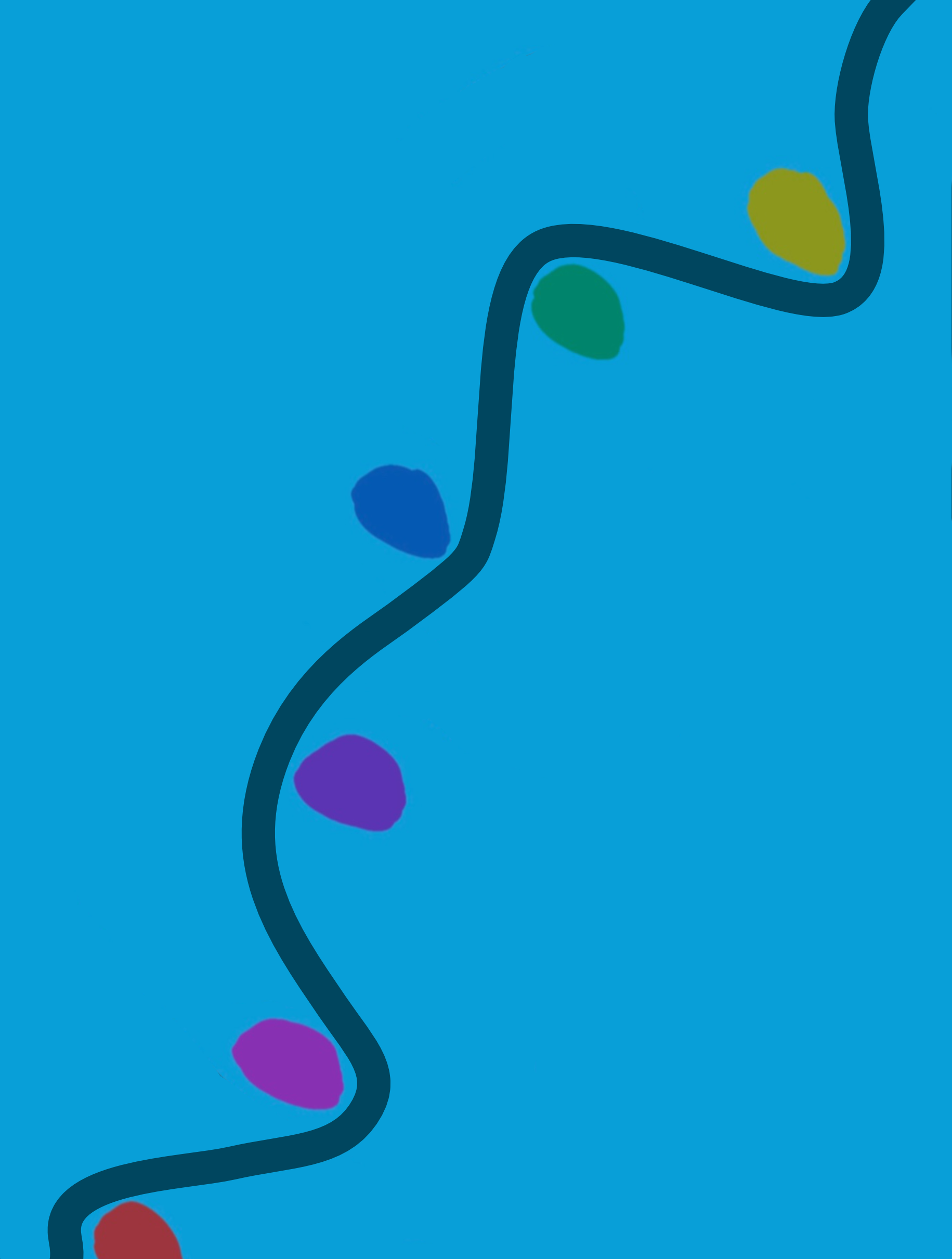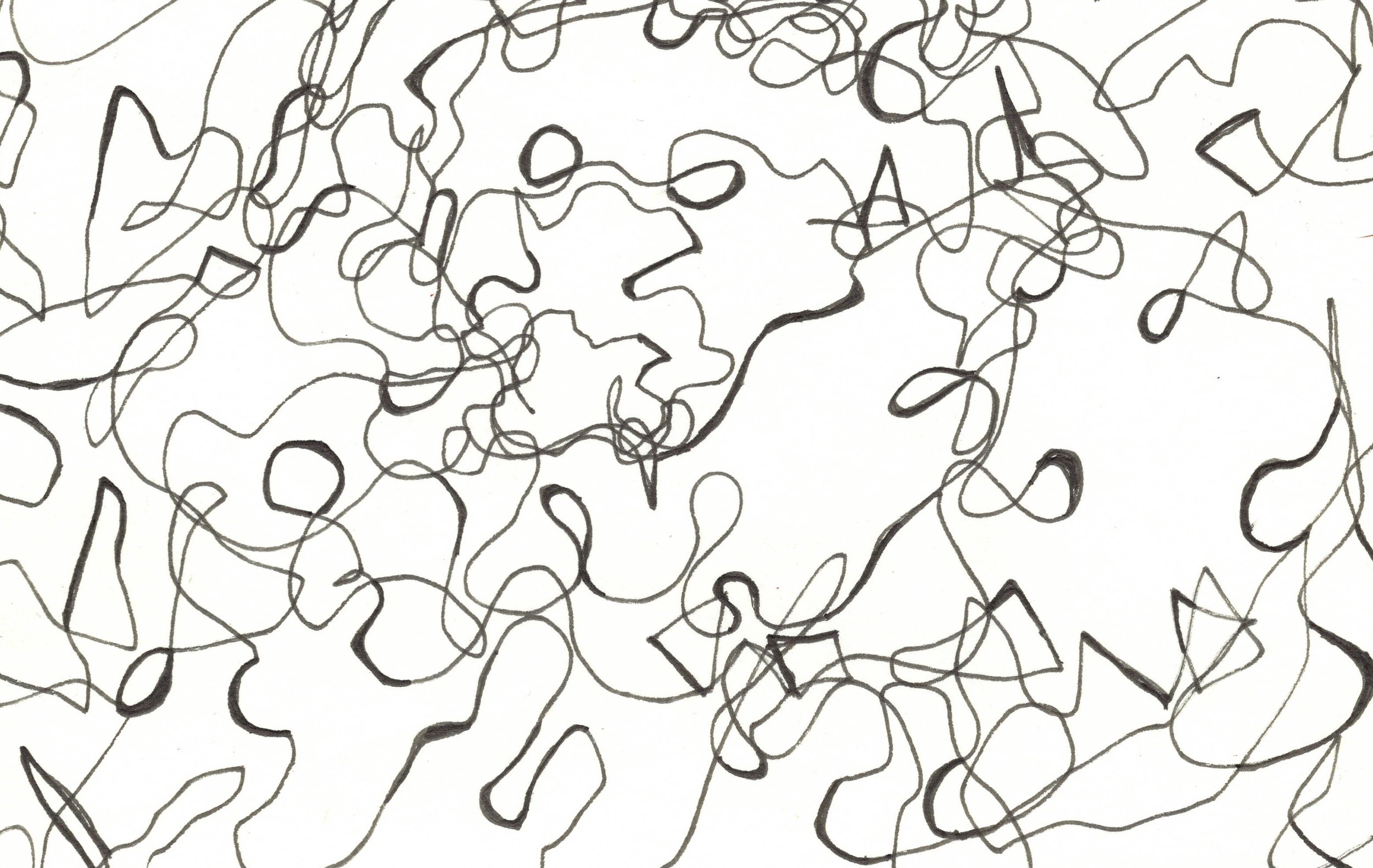Neuro-aestetics
NEUROAESTHETICS - We know art makes us feel good. Finding anecdotal evidence of the positive effects of art on our mental well-being and mood is super-easy. At a slightly more scientific level art interventions have long been applied in the field of art therapy. The benefits of art on mental health is not new; Back in the mid-20th century, soldiers returning from the battlefields of World War II with shell shock, now known as post-traumatic stress disorder, were encouraged to paint, draw, sculpt and make other forms of art to help process what they’d witnessed and experienced in the war. Artists throughout history have portrayed feelings through art. Munch, Spilliaert, Emin, Van Gogh have all expressed raw emotions.
Now, neuroscientists, psychologists and artists are working together in the emerging field of Neuroaesthetics. Using advances in biological, cognitive and neurological science these researchers are working together to study, measure and understand the effects art has on us. Neuroaesthetics uses brain imaging, brainwave technology and biofeedback to gather scientific evidence around how we respond to art. For instance, measurements of neuro-endocrine markers provide biological and measurable confirmation that visual art promotes health, wellness and fosters adaptive responses to stress. Other studies found that creating art reduces cortisol levels (markers for stress), lowers anxiety levels and improves mood.
This exciting science is providing proof of the benefits of art on mental health and well being.
The science is showing us that there is a direct benefit in giving our brains a new task and our mouths a break. Art engages our brains in alternative ways, taps into our emotions and makes us feel good. Through art we can induce positive mental states, generate conditions for mindfulness and build capacity for managing our mental and emotional well-being.


